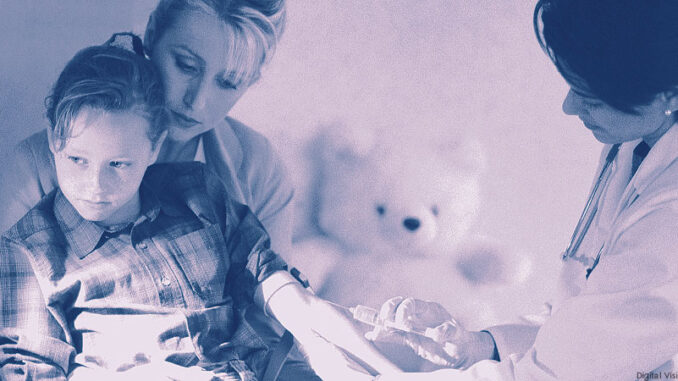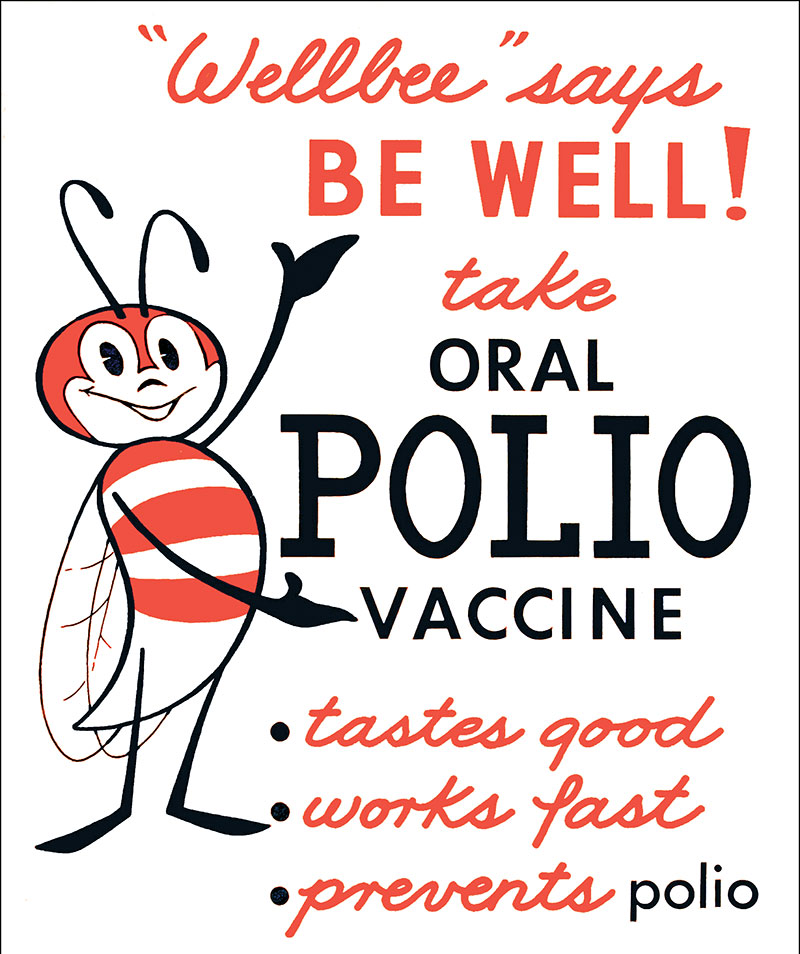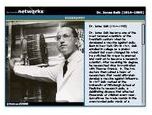
Last month, we brought you news of the recent resurgence of measles after more than a decade of being considered “eliminated” in 2000. This week, we dig deeper into the growing concern over the spread of the disease and look at both sides of the larger vaccination debate.
A Brief History of Vaccination
Smallpox, a highly contagious viral infection, is believed to go back to 10,000 BC. It led to the deaths of nearly 500 million people in the twentieth century alone. It is also likely the first disease that people started trying to prevent through inoculation. There is evidence to suggest that there were various attempts over the years to trigger a person’s immune system into developing an “adaptive immunity.” As early as the tenth century, people inhaled or scratched themselves with powder made of smallpox scabs.
It was an English physician named Edward Jenner, however, who is largely credited with the discovery of modern vaccination. In 1796, he took pus from the sores of a woman who had contracted cowpox (a similar disease that milkmaid caught from cows) and exposed it to a young boy through a cut on his arm. Jenner then injected the boy with smallpox. When the boy remained healthy, Jenner made it his life’s work to eliminate the smallpox. The name vaccine comes from the word “vacca,” which is Latin for “cow.”

Modern Practice
Today, it is commonplace for parents to have their children vaccinated against preventable diseases. Some vaccinations are administered to infants, and others at various ages. The World Health Organization (WHO) recommend the following vaccinations:
- DTaP = Diptheria, Tetanus and Pertussis (whooping cough)
- Hib = Haemophilus Influenzae Disease (type b)
- IPV = Inactivated Poliovirus Virus (polio)
- PCV = Pneumococcal Conjugate Vaccine
- MMR = Measles, Mumps and Rubella
- Varicella = Chickenpox
- Hepatitis A
- Hepatitis B
- RV = Rotavirus
- Influenza = Flu
- HPV = Human Papillomavirus
- MCV4 = Meningococcal Vaccine
- Shingles
Anti-Vaccination Movement
For as long as there has been immunization, there has been opposition and controversy surrounding the practice. Some of the opposition over the years have argued that vaccines don’t work, and that the shots cause the disease they intend to prevent. Others oppose vaccination because of religious beliefs. Lack of health insurance, reliable transportation to a doctor, and a general understanding of the schedule of shots required is also contributing to a lowered immunity rate across the country. The most recent decision to not immunize is often traced to a fear that the vaccinations may cause autism.
Autism Link Discredited
The belief of a link between vaccination and autism stems largely from a report published in a British medical journal in 1998 by a former doctor named Andrew Wakefield. Wakefield’s report suggested that twelve otherwise healthy children received a diagnosis of autism shortly after receiving the MMR (measles, mumps, rubella) vaccine. This research has been discredited by major health organizations in the years after its publication and initial popularity. Wakefield was accused of fraudulent measures and stripped of his right to practice medicine. However, the findings were widely reported, which led to a drop in vaccination rates in England and Ireland and sparking worldwide debate.
Many in the scientific community have warned that the anti-vaccine movement would lead to a rise in epidemics of treatable diseases. The most recent example is the resurgence of measles after being considered “eliminated” for more than a decade. There is a growing movement of people speaking out, urging officials in places like schools to ban unvaccinated children.
Related Links
You can learn more about the history of twentieth century vaccinations in the United States by clicking on these assets. Once gives information about the problems related to polio in the United States following World War II. Another is a biography of Dr. Jonas Salk, who helped discover and create the polio vaccine. You can read more about this period of American history in the networks textbooks United States History and Geography or United States History and Geography: Modern Times.



